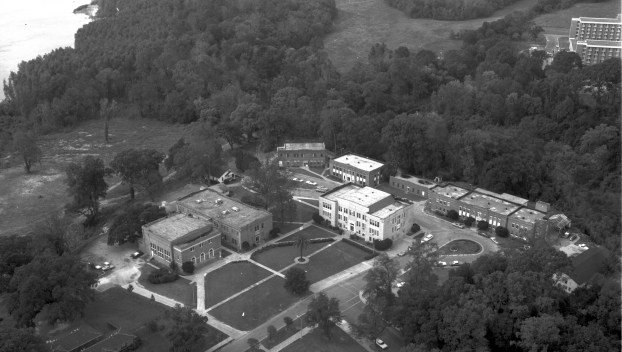
News
For two families, a Southern education meant everything; Then came tragedy.
(Editor’s Note: This is the first in a four-part series) Josephine and Denver Smith took different approaches to ... Read more

(Editor’s Note: This is the first in a four-part series) Josephine and Denver Smith took different approaches to ... Read more